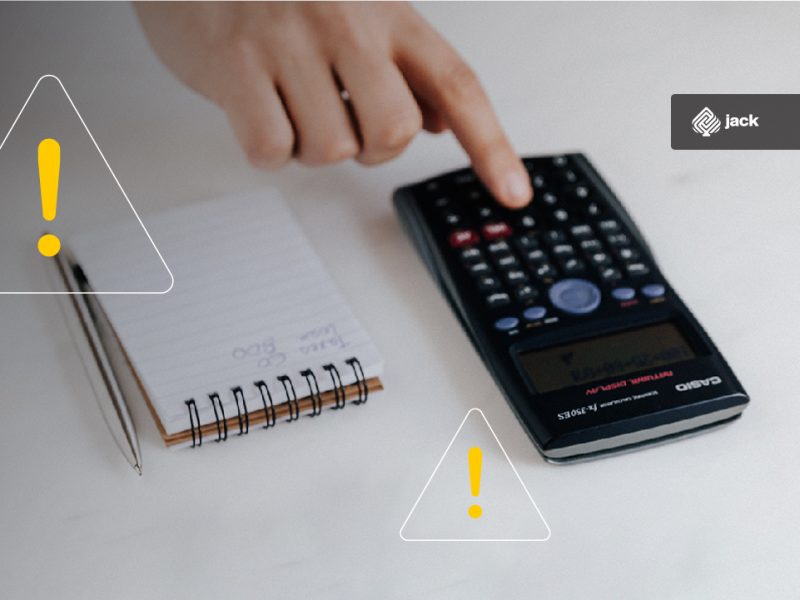Talking about receivables will always be a hot topic in society. Especially if you are engaged in trading, receivables will be closely associated with your daily operations. One type of receivable that may be frequently heard of is non-trade receivables that cannot be collected.
Yes, non-trade receivables are one type of debt that is quite commonly mentioned. To understand what non-trade receivables are and what un receivable receivables are like, let’s explore the explanation below.
Definition of Non-Trade Receivables
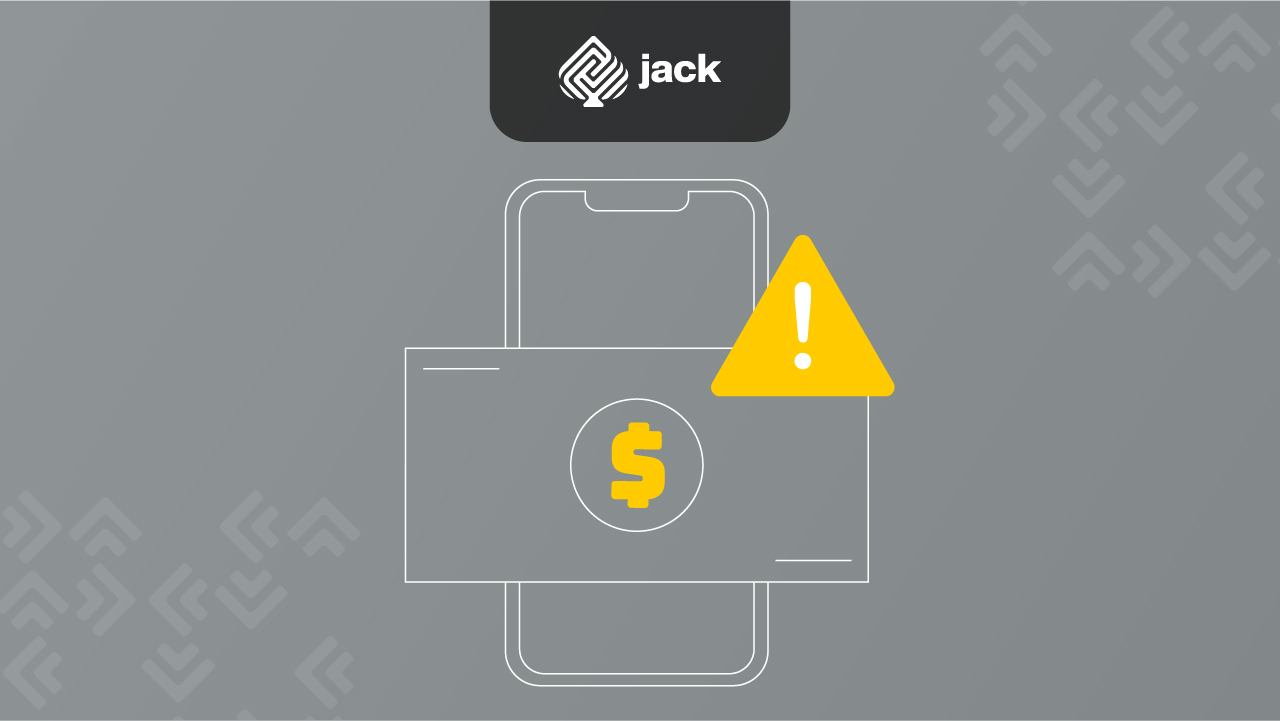
Non-trade receivables are claims or acknowledgments of goods and services from other parties due to non-trade transactions conducted on credit. The accounting or recording includes recording transactions as they occur and adjusting at the end of the period.
To record this data, we must consider the method or approach used by the company in recording transaction data. Whether it is through the balance sheet approach or the profit and loss approach.
Types of Non-Trade Receivables
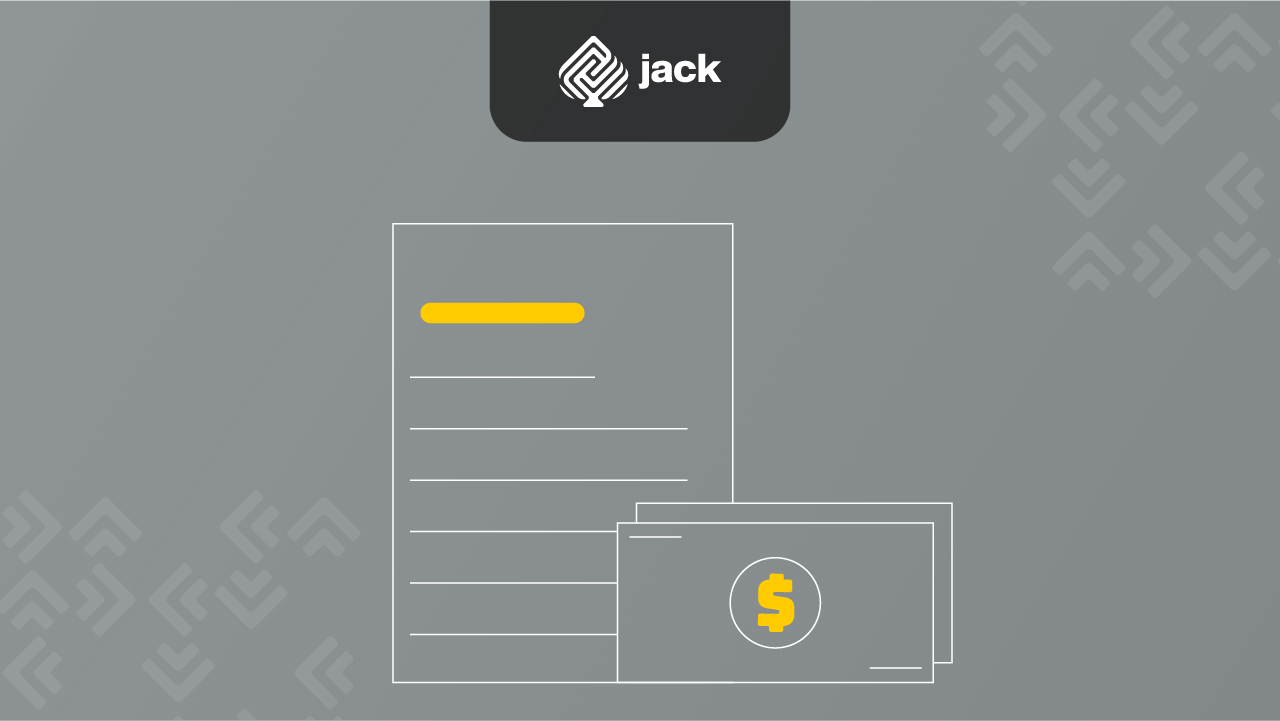
Some types of non-trade receivables that fall under unreceivable receivables are as follows:
1. Prepaid Expenses Receivables
These receivables arise from advance payments. The financial transaction recording involves costs that have not become expenses in the respective period. Prepaid expense receivables include prepaid rent, prepaid salaries, prepaid advertising, and prepaid insurance.
2. Income Receivables
These unreceivable receivables are in the form of bills to be collected from other parties. This arises from income to be received in the future. Examples include interest receivables, rent receivables, and service fee receivables.
3. Down Payments for Purchases
This type of receivable involves a partial payment made for an order of goods to be purchased.
4. Other Receivables
Lastly, there are receivables in the form of specific third-party bills, such as excess tax payments, employee loans, and others.
Procedure for Determining Non-Trade Receivables
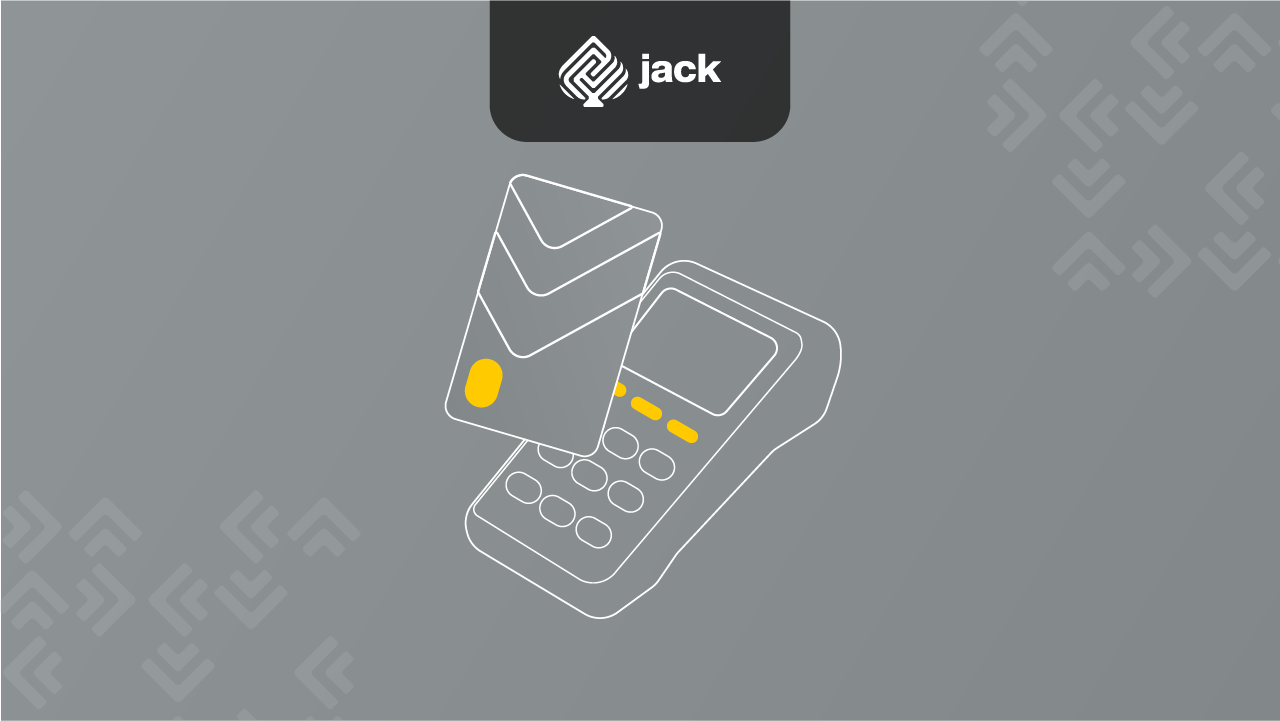
In un receivable receivables like non-trade receivables, there are several procedures that need to be fulfilled. By doing so, the status of non-trade receivables can be officially accepted or approved.
To understand these procedures, the explanations are provided below.
1. Initial Measurement
Receivables in accounting as an information system are recognized at fair value. Initially, this involves adding transaction costs. The fair value of an asset can be exchanged or settled between parties who understand and are willing. The aim is to conduct fair transactions or arm’s length transactions.
These un receivable receivables are not paid through forced transactions, forced liquidation, or sales due to financial difficulties. Transaction costs are additional costs that can be directly attributed to acquisitions, issuances, or dispositions of financial assets or liabilities. There are three types of non-trade receivables, which are as follows:
- Short-term receivables with fair value equal to face value.
- Long-term receivables are subject to market interest rates, with fair value equal to face value.
- Long-term receivables without interest or with a lower interest rate than the market rate, with their fair value being the present value of all future cash flows discounted at the market interest rate or interest rate for similar receivables.
2. Subsequent Measurement
These unreceivable receivables are measured at their net realizable value. This is in accordance with the accounting term known as net realizable value.
To estimate the net realizable value, several deductions from the value of the receivables must be considered. Examples include sales returns, sales discounts, and allowances for uncollectible receivables or impairment losses.
Long-term receivables without interest can be measured at their amortized cost, reduced by any potential impairment losses. This is in line with the accounting transaction concept. Amortization is performed using the effective interest rate method, not the straight-line method.
Tips for Managing Unrecollectable Receivables
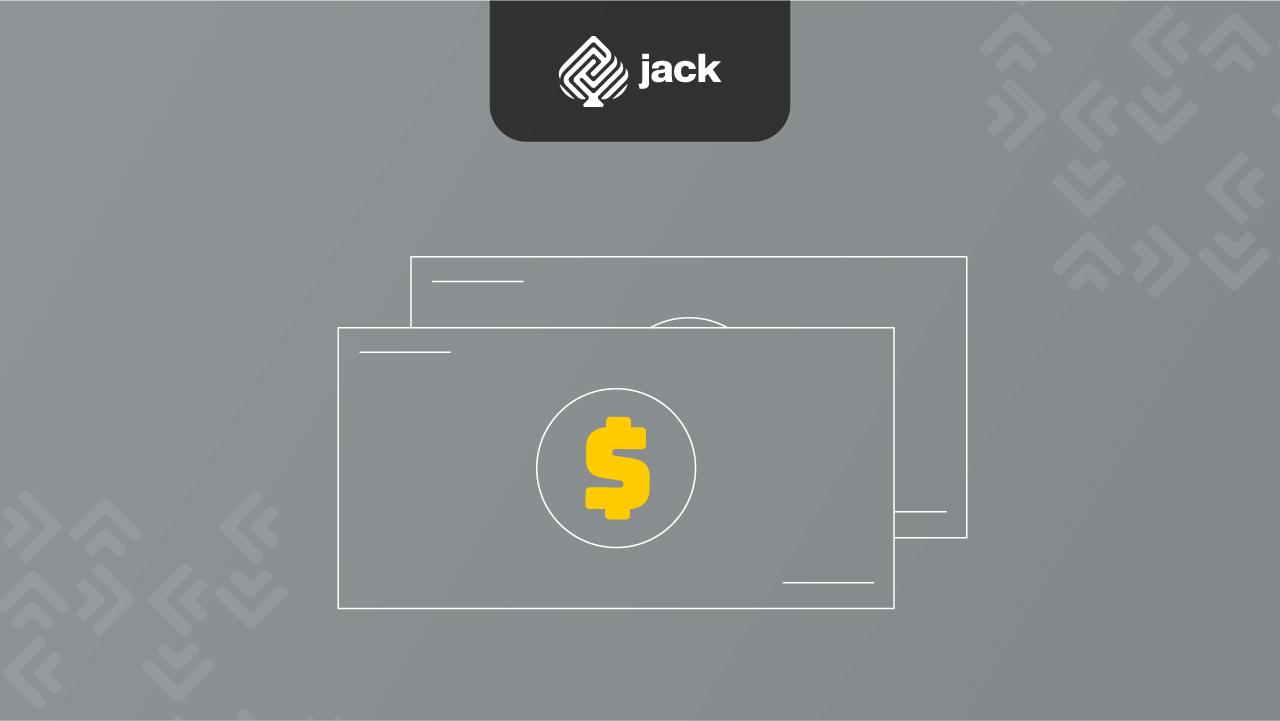
Managing uncollectable receivables requires good management, similar to other types of receivables. The aim is to prevent losses for both parties involved.
Here are some steps you can take:
1. Implement Receivable Controls
Receivable controls can be established by setting rules and criteria. Some rules you can apply include:
- Establishing criteria for individuals or companies allowed to borrow.
- Implementing specific rules regarding book value, due dates, and installment systems.
- Shortening payment terms to avoid defaults.
- Rejecting potential debtors with a bad payment history.
2. Enforce Written Receivable Agreements
To avoid bankruptcy or other potential risks, make sure there is a written agreement. The agreement should include rules, penalties, and all aspects related to the agreement between both parties. Don’t forget to affix a stamp duty on the agreement.
3. Maintain Regular Bookkeeping
By maintaining regular bookkeeping, you will be able to track the progress of receivables turnover. This will help you identify any delayed payments or other issues. No one wants to experience losses in their business.
4. Create a Specific Receivables List
Create a specific receivables list, also known as a receivables card. This accounting record should include details of each customer’s receivable transactions, such as the debtor’s name, item or service purchased, due dates, and others. This receivables card is especially useful for managing uncollectable receivables.
Use Jack for your business needs
That’s an introduction to managing uncollectable receivables in non-trade scenarios. Hopefully, this information is beneficial to you.

